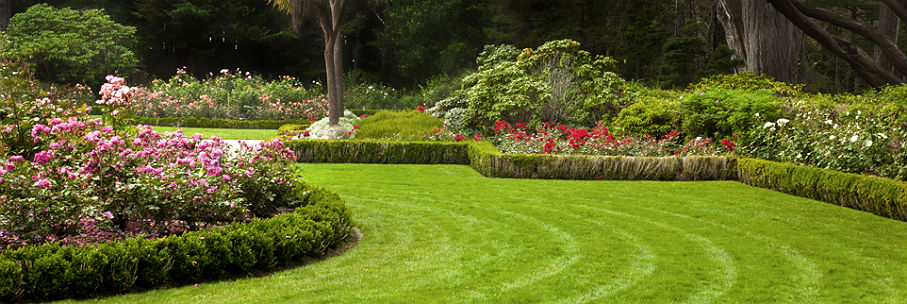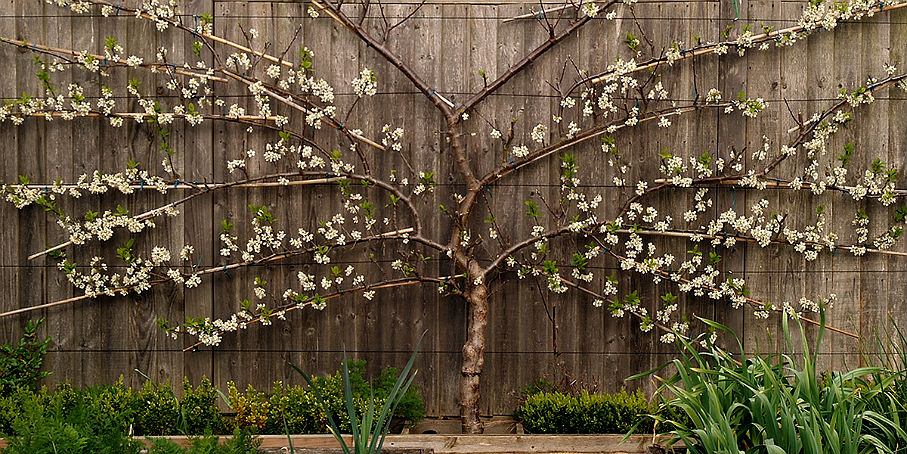The Beauty of Espalier Citrus Trees: Decorative Way of Growing Edibles
As summer progresses in our lovely Melbourne, the weather and the temperature become not so lovely – it’s hot and we can barely go outside as the sun literally burns everything soon after it rises. But mornings are quite nice actually; the temperature is high enough to lure you to go out in your garden and enjoy the beauty of it. That is, if all the previous mornings you didn’t forget to water your precious plants so they don’t die under the scorching sun. I once made that mistake and learned my lesson the hard way.
But enough preaching about gardening discipline – the truth is, if you want to be a gardener and create your type of paradise, you should have one. End of the story. What I want to talk about in this post is something called the art of espalier. I recently saw it in a garden in the suburbs and I was stunned! At first I thought that it was something artificially done to ornament the wall, but after talking to the owner of the garden everything became clearer: it’s all natural and it’s a technique of decoration, which means, I can do it as well.
The art of espalier isn’t something new; depictions of it have been found on Egyptian tomb walls dating from somewhere in the middle ages, as research has shown. Afterwards, in the 21st century Americans adopted them and started planting them in their backyards, and today, we in Australia are doing wonders in our gardens with the help of this amazing art.
This gardening technique implies trees and branches being trained to grow on one equal plane. That is why they’re most likely to be seen against walls or fences, as these spots are the only ones where espalier citrus trees could grow. Also, this technique is mainly used with fruit trees, which is why I chose the Lime Kaffir from the vast offer of espalier citrus trees I found online. The lime tree prefers full sun, moist and well-drained soil, water and rather humid conditions for growing. It’s perfect for planting and growing it in this season as the lime tree cannot thrive in low temperatures and cold weather. In fact, it should be covered in winter so it can be protected from frost.

The espalier procedure is pretty simple and easy: the most important moments of the process are the moment of planting, the two major pruning times, and the training of the branches to grow in the desired direction. The first step is the planting of the tree. Do it about 15-25 centimeters from the wall or the fence. My walls are bordering the walkway in my garden, so I installed a frame trellis on which I’ll be training the branches to grow.
When pruning time comes, there are two significant moments: late summer (when you’d be creating the shape of your tree and train the branches to grow the way you want them to) and in winter (when the tree is dormant and you’d be cutting the branches to stimulate growth and bud production). After a period of 4 years of regular training and pruning, the tree would start taking the shape you desire, while beautifying your garden and producing a bountiful fruit harvest.
I chose lime because I often have guests during hot summer nights when I prepare cocktails for everyone, so I like to have lime (a quite important element in cocktail philosophy) on disposal at all times. And for me, a cocktail isn’t just a drink; it’s a drink in a fancy glass, decorated with the suitable fruit on the edge of the glass, one that is drank in a good company, with lots of positive energy and of course, good music in the background.



